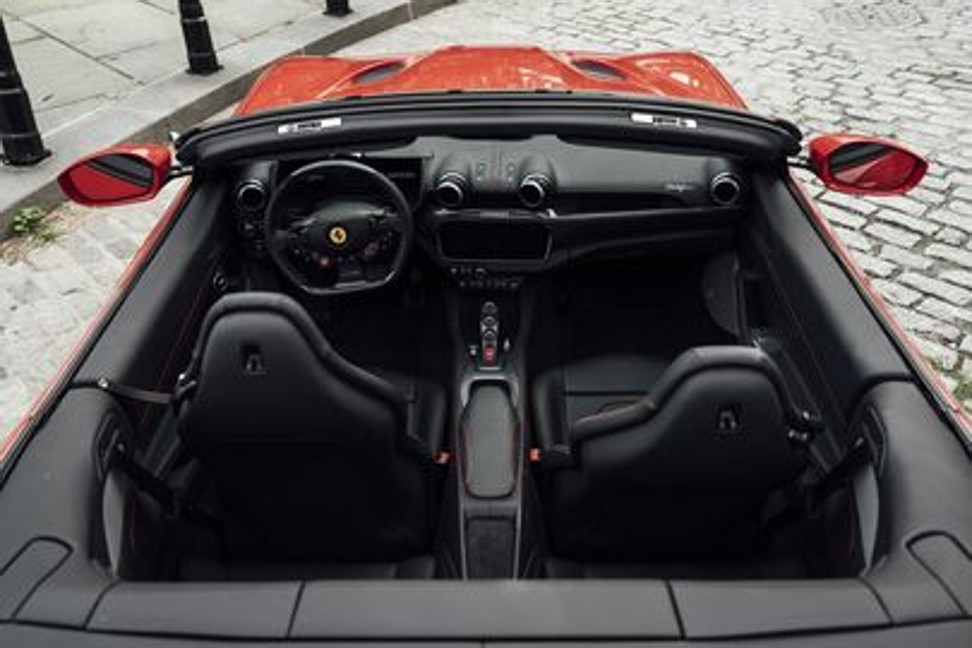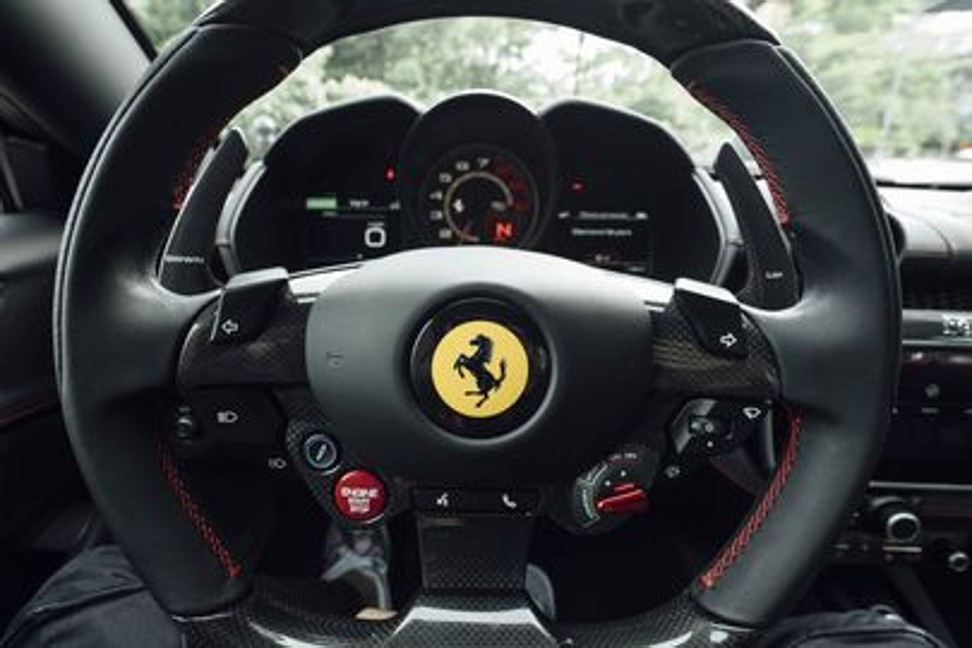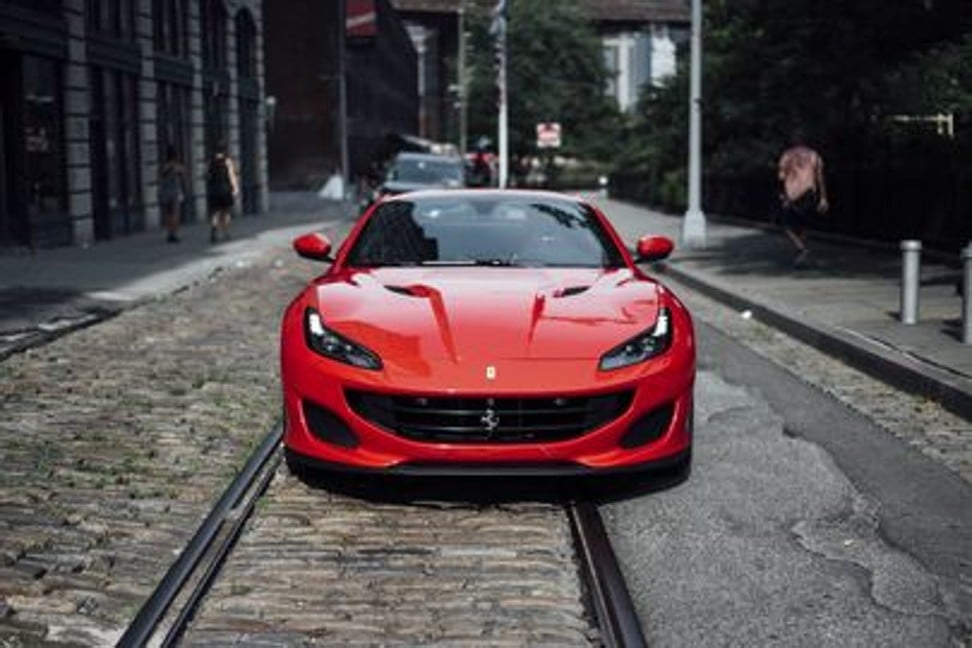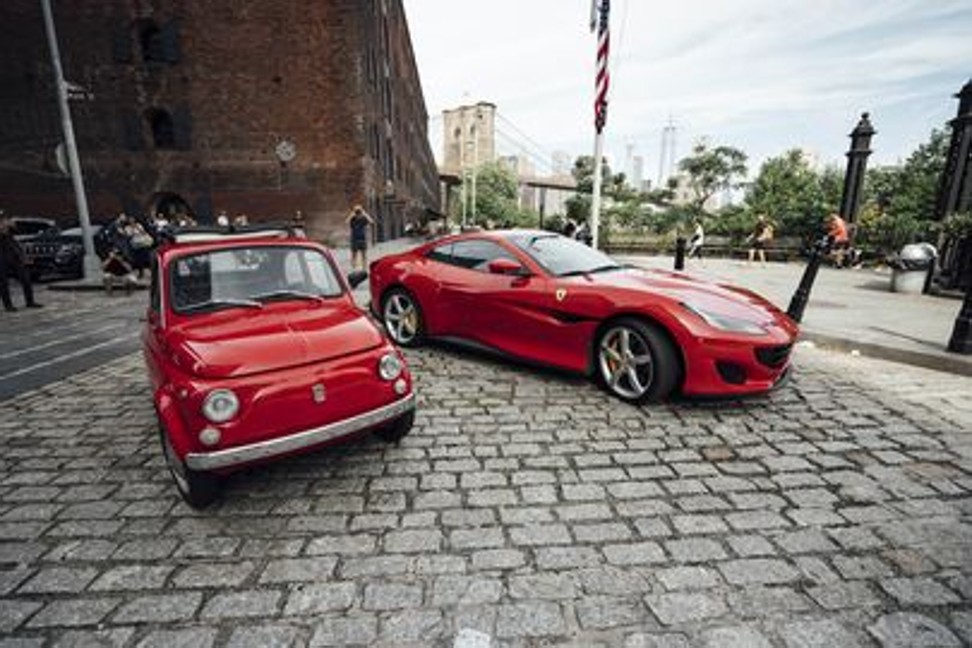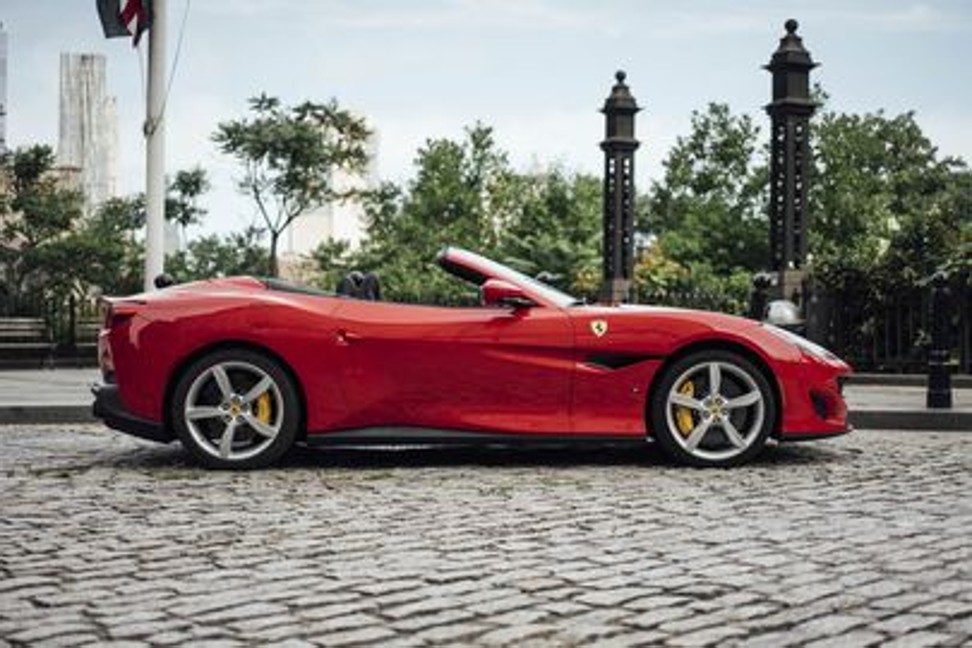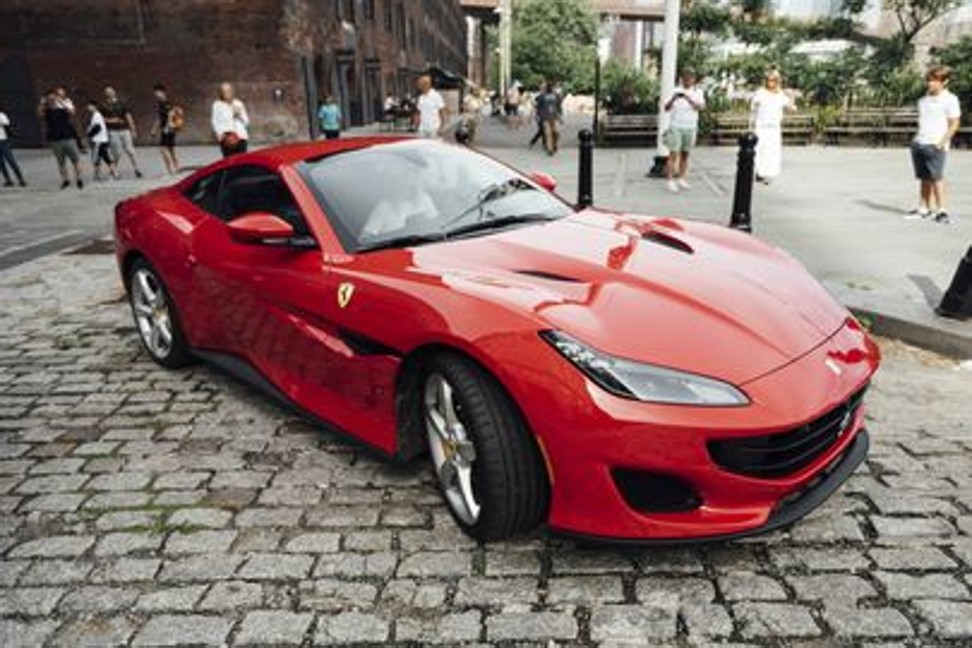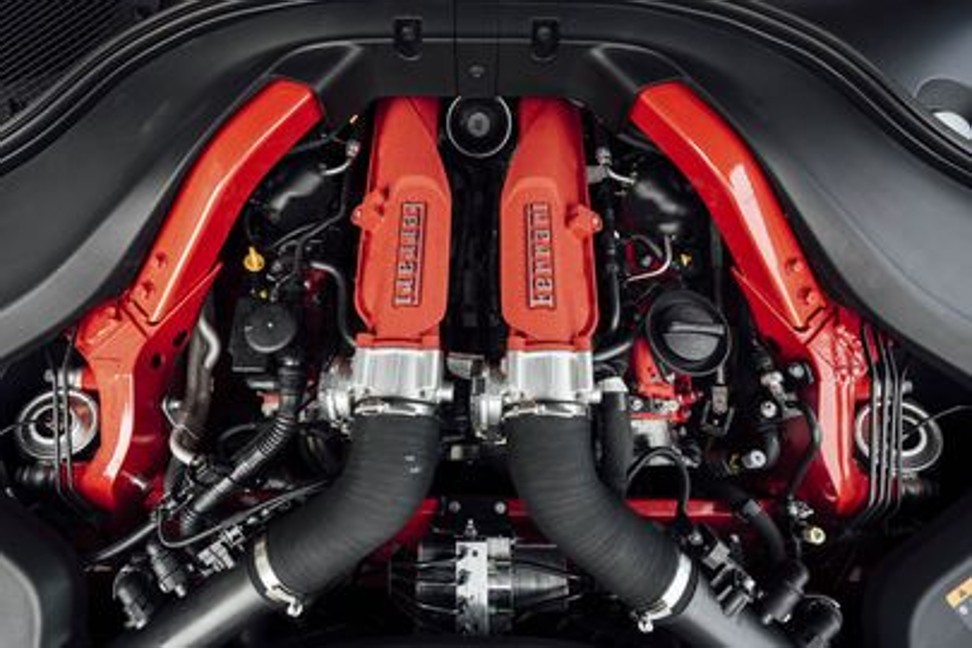Ultra-stylish Ferrari Portofino is a ‘daily driver’ that thrills

This summer has been an emotional one for Ferrari and its devotees.
Sergio Marchionne, the much-beloved Ferrari NV boss who boosted the brand’s value by spinning it off from Fiat Chrysler Automobiles NV and doubled profit in just four years, died on July 25.
So I was glad to be able to drive the brand-new Ferrari Portofino, one of the last production cars released under Marchionne’s reign and a delightful example of what’s best about the carmaker.
This car is neither the screaming 812 Superfast nor the sexy 488 Spider. It’s the replacement to the humble California T, which debuted 10 years ago and has since become Ferrari’s all-time best-seller. The California T was concocted as the gateway drug to Ferrari ownership, costing less and offering fewer horsepower than its siblings but still bearing the prancing pony seal. This witchery worked, too. Ferrari sold more than 11,000 in a decade, and 70 per cent of buyers were conquests from other brands.
I say that the new Portofino represents what’s best about Ferrari because it’s achieved a delicate feat. It’s punched up what a buyer can expect from a “daily driver” while still delivering a thrill to the person behind the wheel – just without the normal back fatigue, frayed nerves, and numb eardrums that come from driving supercars.
How it drives
Chief among the improvements of the US$295,789 Portofino I drove is its svelte body, which enhances driving performance and overall aesthetics. Pricing starts at US$214,533.
First, the driving.
At 3,668 pounds (1,672kg), the Portofino weighs 176 pounds less than the California T. It’s also 0.1 inch (0.25cm) lower, 1.1 inch wider, and 0.7 inch longer. Those changes allow the updated twin-turbo V8 to maximise its 591 brake horsepower and 561 pound-feet of torque. Portofino simply feels – and is – much faster to drive than the California T. It was punchier on the accelerator, stiffer through the body, and more fluid at the steering wheel as I whipped around corners and navigated traffic. There was even a rare traffic infraction, which speaks to its prowess and seduction. Imagine honest disbelief – “We were going that fast, officer?” – after a foot only lightly pressed the accelerator pedal. Sadly, the cop didn’t believe our disbelief.
Zero to 60mph (96.5kph) in 3.2 seconds; more interestingly, 0-124 mph in just over 10 seconds. The top speed is 198 mph.
These numbers are astounding considering they’re achieved by what’s supposed to be a day-to-day vehicle –15 years ago they would have been top of the line for a luxury brand.
Body control in the Portofino is exceptional, especially considering it’s a physics-challenging, grand tourer 2+2 hardtop convertible. It is physics-challenging because it’s always weird when you take a great car and lop off the top. It’s far sharper and more balanced in handling than the California T and so quiet in the cabin that it’s easy to forget the top can drop. Most people I had around the car during the week I tested it didn’t realise it was a convertible until I put down the roof.
The top lowers in less than 15 seconds, folding into itself with the crispness of an envelope. Space in the trunk is minimal, as with every convertible, but still big enough to hold two weekender-size duffle bags or a large carry-on case and backpack.
How it looks
As for how the Portofino looks, at first glance it seems somehow grittier than the California T. Commenters on my Instagram account even saw shades of a Viper or a Corvette in the chiselled nose with its two nostril vents and triangular sides. I don’t disagree – there’s something early ’90s about the car, and I like it.
Although slightly lower to the ground than the California T, Portofino is still noticeably higher than other sports cars from McLaren and Lamborghini, which makes it immeasurably less stressful to park. Even millimetres make the difference between busting a front splitter on a curb or incline as you pull out. Chalk this up as another win for Ferrari when it comes to versatile driveability.
Inside, the entire infotainment system has been improved, most notably by a high-definition, 10.2-inch central command screen with Apple CarPlay, voice command functionality, and bright front- and rear-parking cameras. The climate, audio, and navigation systems on the touch screen are straightforward and quick to use – imagine that for an Italian brand.
The cockpit in the one I drove was trimmed in discrete red stitching and finished in black leather, with virtually no carbon fibre in sight. It was a welcome respite from what’s seemed lately like an arms race among sports car brands to make the gaudiest, most vulgar interior possible. The overall feeling inside was one of thoughtfulness and a lack of fuss. Even the air conditioning is 25 per cent faster than the California and 50 per cent quieter.
The two rear seats (yes, they’re there) are usable if you sit sideways. Perhaps more practically, they fold down and provide a great shelf for bags and coats.
There’s apparently only one cup holder – this in the centre console of the car. It would have been nice to have two, although maybe that’s pushing this whole “useability” thing too far. This is a Ferrari, after all. And who can argue with that?
I’m betting Portofino will be the brand’s next best-seller.
Want more stories like this? Sign up here. Follow STYLE on Facebook, Instagram and Twitter

California T replacement is a fitting tribute to the Sergio Marchionne – and a hot tip for a best-seller
